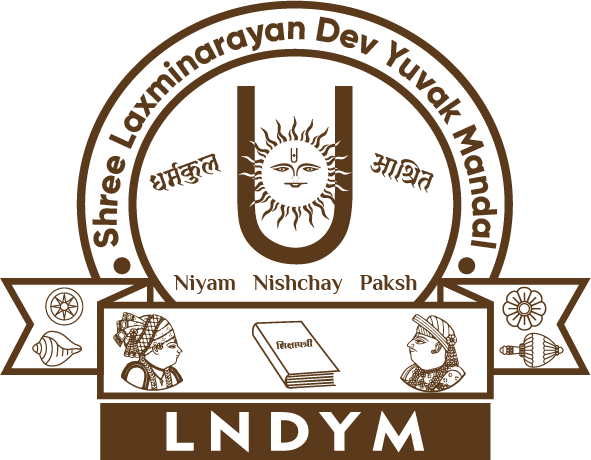The Swaminarayan Sampraday’s Upasana has 4 components:
Sãkãr Upasana – Bhagwan has a divine form
Shuddh Upasana – No one is like Bhagwan. We are all His dãs
Pragat Upasana – Believe in the form of Bhagwan in front of us
Sarvopari Upasana – Bow to one, respect all
How is that form of Bhagwan in Akshardham?
Loya 14
‘A beautiful, human-like form of God’
‘Surrounded by a divine light (tej)’
‘Seated on a grand throne served by countless mukto’
Gadhada Pratham 40
‘Dwibhuj’ (two armed)
‘Beyond Maya’
‘Sadā-Sākār’ (forever with a form)
How did Bhagwan Shree Swaminarayan spread his Upasana?
Bhagwan Shree Swaminarayan established six principal mandirs and initiated the construction of numerous others. Within these sacred spaces, He consecrated various divine forms (swarups). He has bestowed upon us the Agyna (divine command) to seek refuge in the deities residing within these mandirs. As devotees of Vadtal Desh, we remain perpetually indebted to Shree Laxminarayan Dev (Desh na Dhani) and Shree Harikrishna Maharaj.
A central tenet of our upasana is Bhagwan Shree Swaminarayan’s command against differentiating between His various forms. During the pran pratishtha (consecration ceremony) of Shree Swaminarayan Mandir Kalupur, Shree Hari explicitly instructed His devotees to recognize the unity between Himself and the swarup of Shree Narnarayan Dev He installed.
While He installed His original swarup as Shree Harikrishna Maharaj in Vadtal, He has also affirmed that He will fulfill our aspirations while residing within the murti of Shree Laxminarayan Dev, thus highlighting the profound power of Shree Laxminarayan Dev.
Swaminarayan Mahamantra
The name Swaminarayan is a singular, complete proper name for the Supreme God, not a compound of ‘Swami’ and ‘Narayan’ as some may suggest. It signifies the divine attributes of:
- Omnipresence (Sarva Vyapak): He pervades and internally controls all entities, both sentient (Chitt), including Aksharbrahm, and non-sentient (Achit).
- Omnipotence (Sarva Antaryami): All entities, including Aksharbrahm, are subject to His supreme power.
- Omniscience (Sarvajna Sarvatantra Sivatantra): He is the source of all cognitive, intellectual, and active powers (Ichha Shakti, Gnan Shakti, and Kriya Shakti) for all beings, including Aksharbrahm.
- Uniqueness (Ekmevadvitiya): He is the only one
This is further explained in Vachanamrut Gadhada Pratham 64
